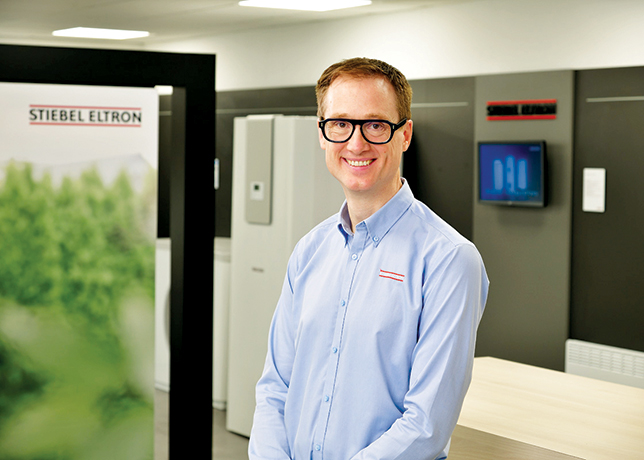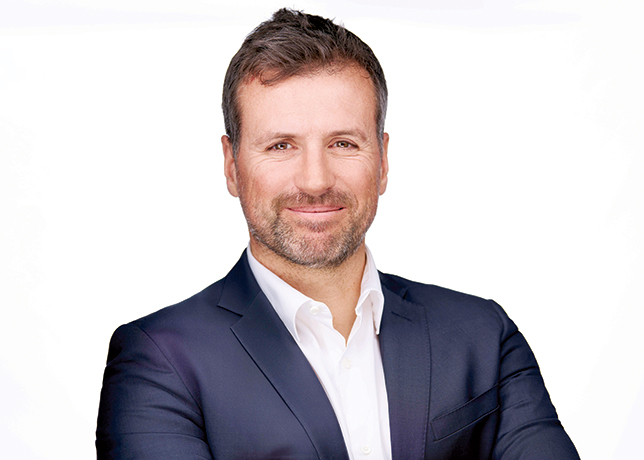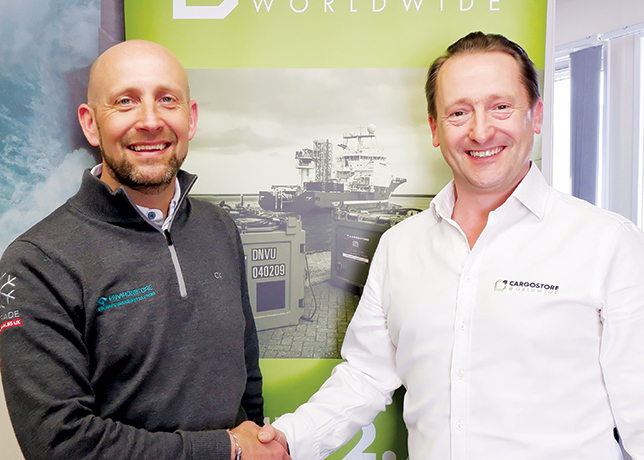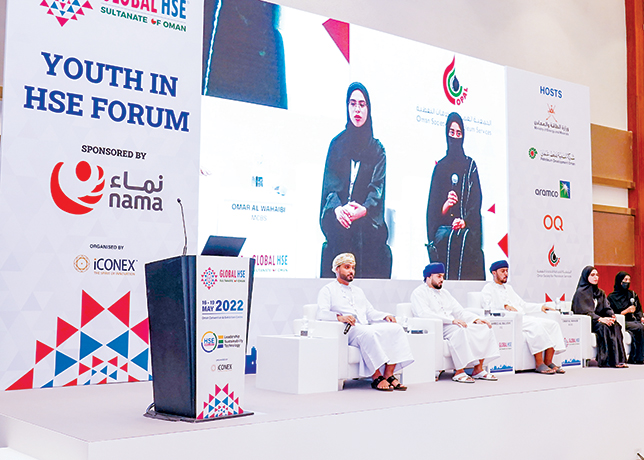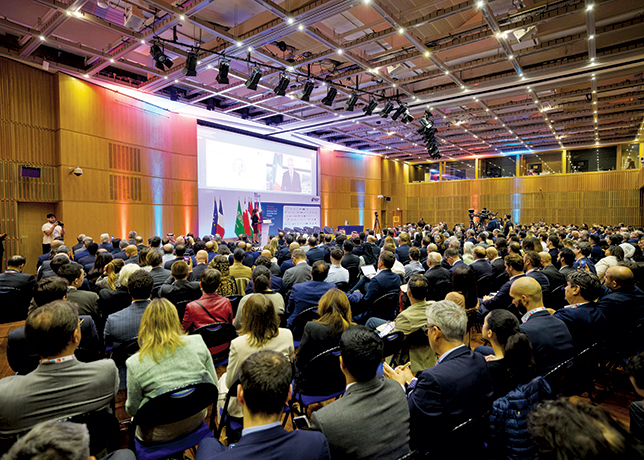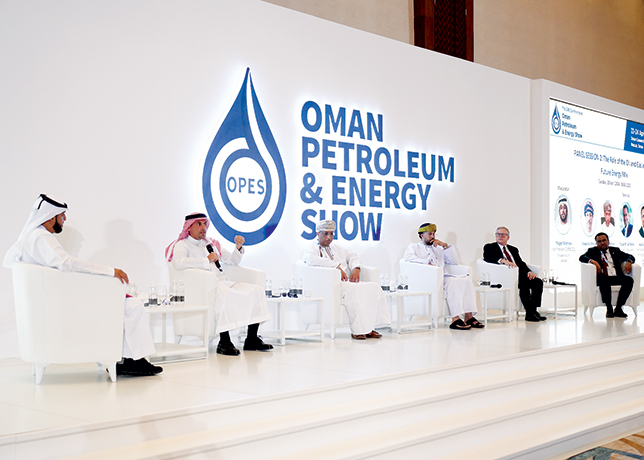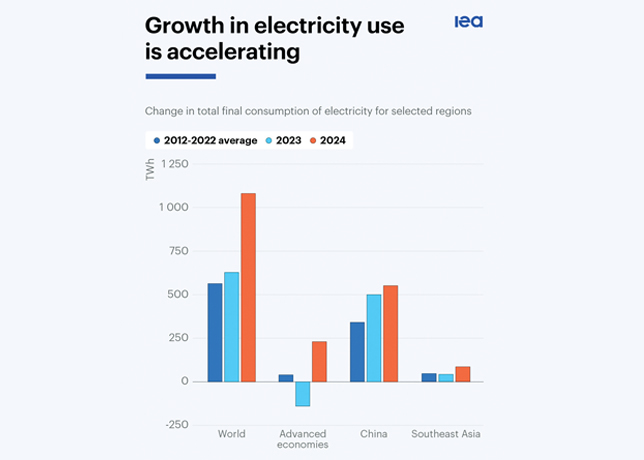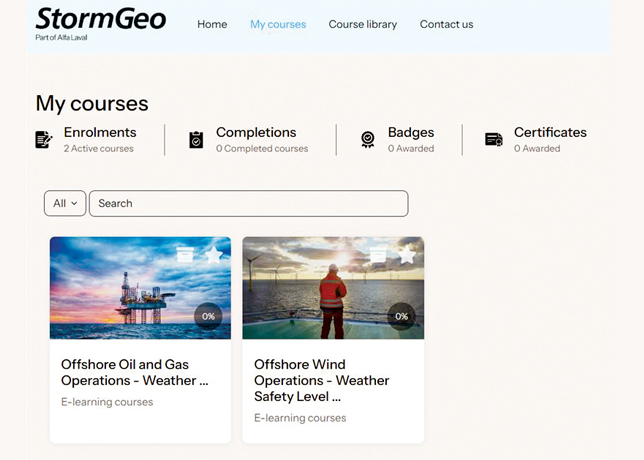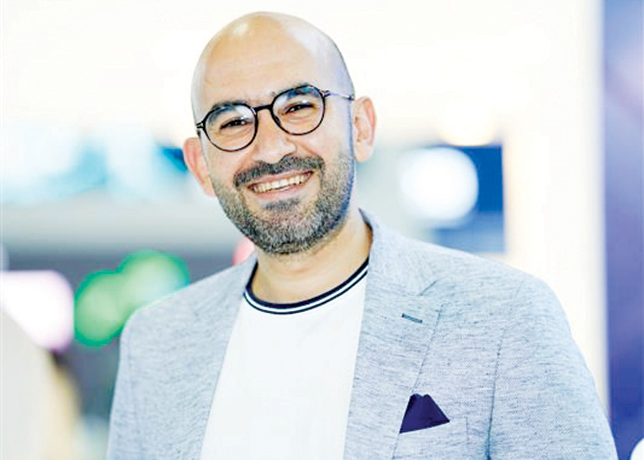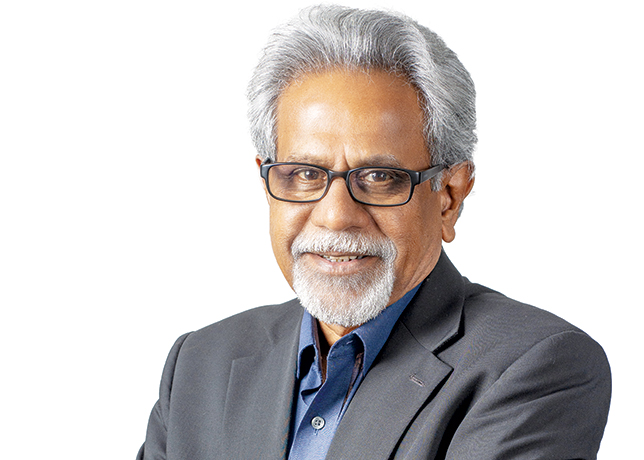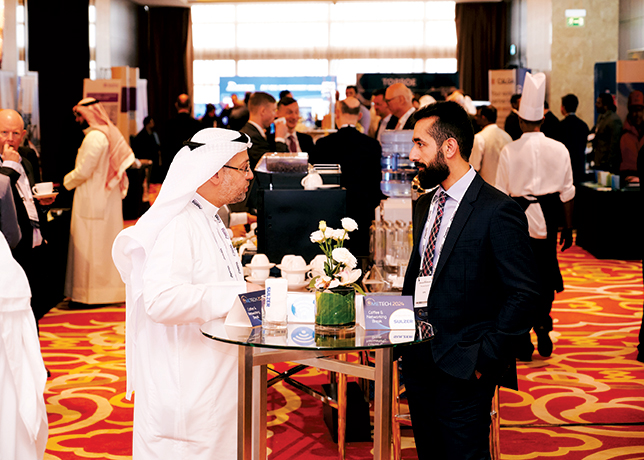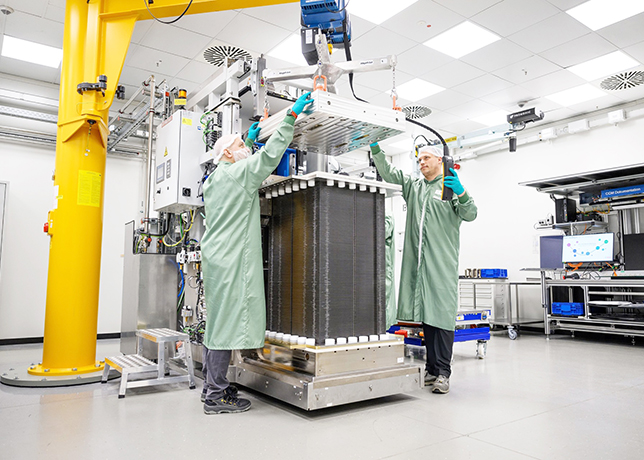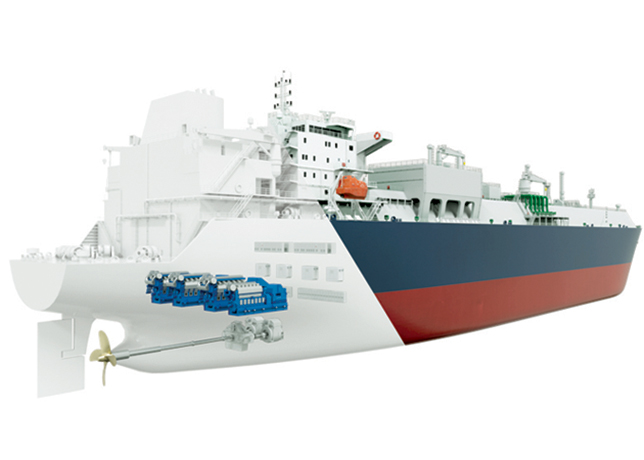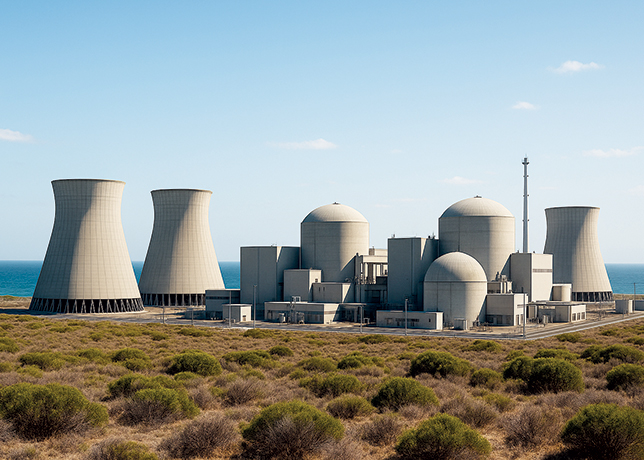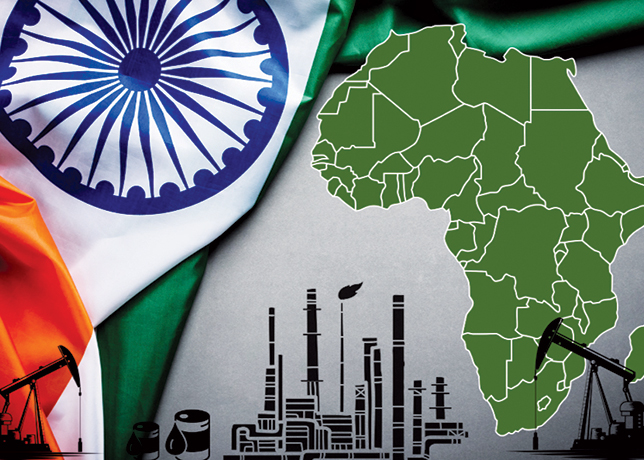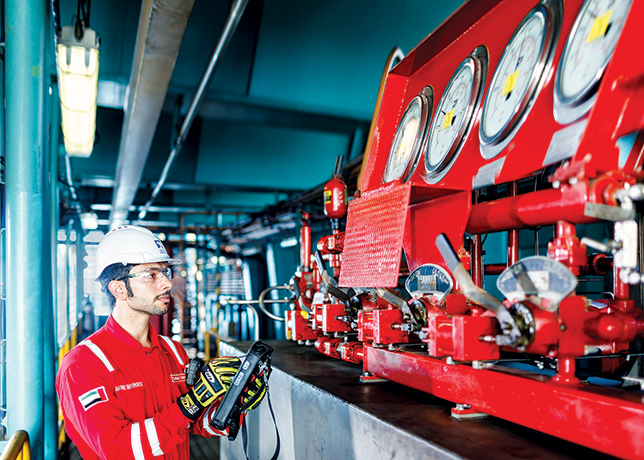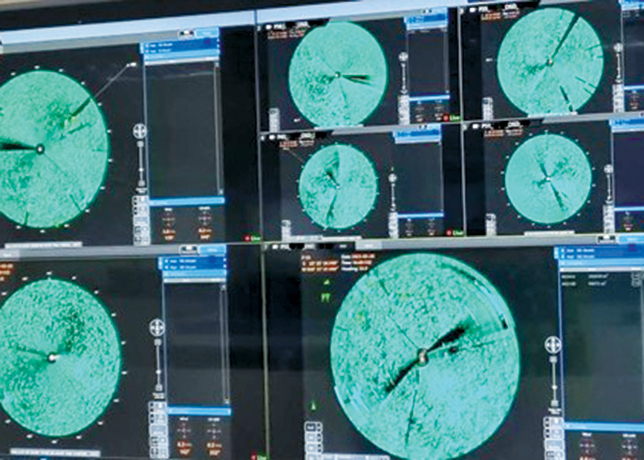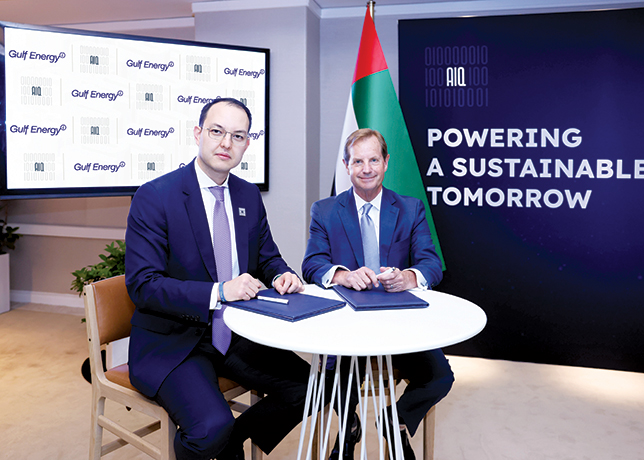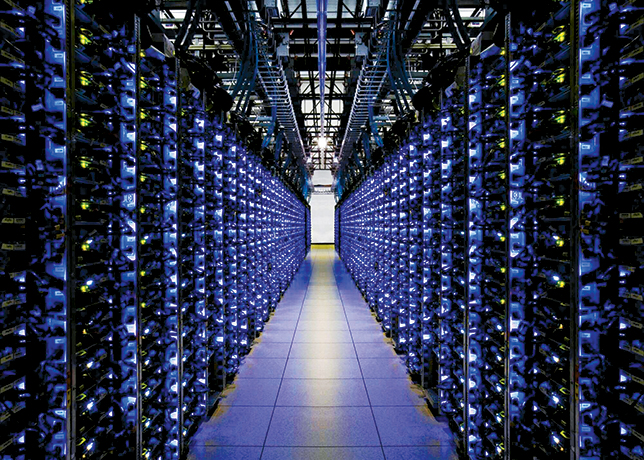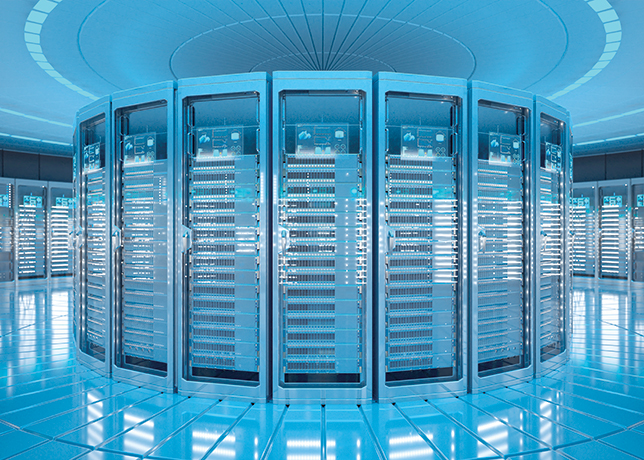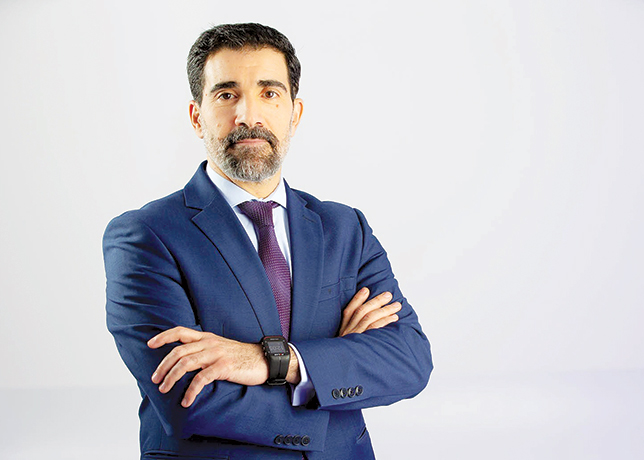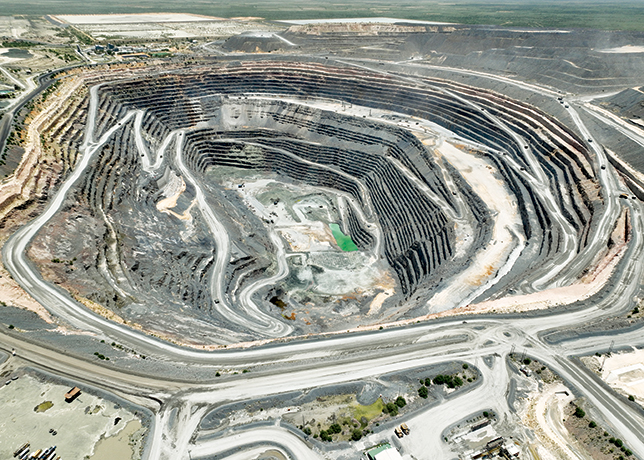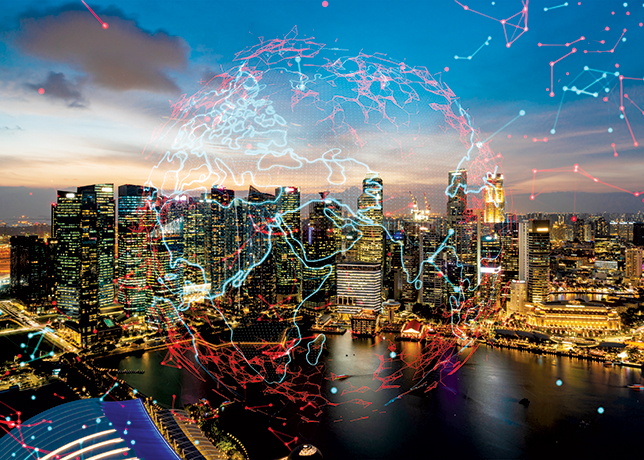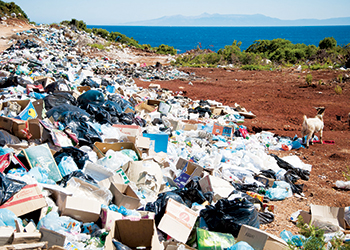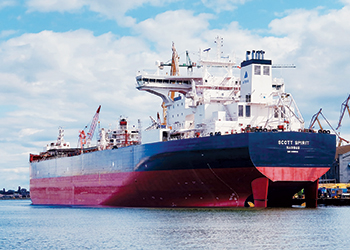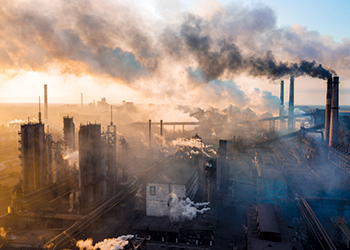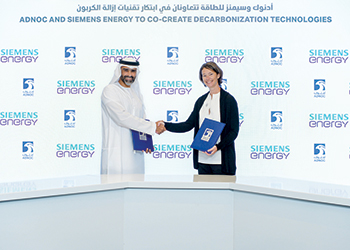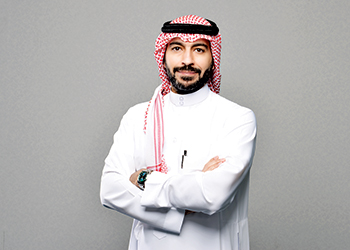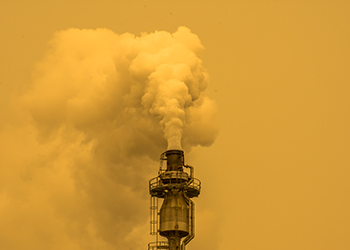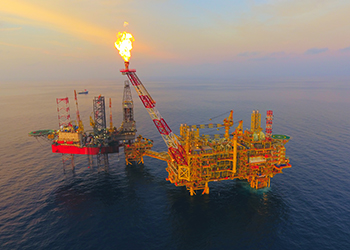
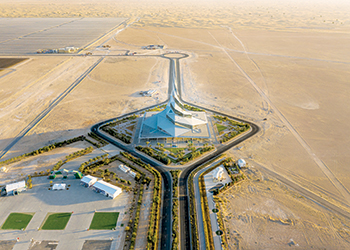 The Mohammed Bin Rashid Al Maktoum Solar Park is the largest single site solar plant in the world
The Mohammed Bin Rashid Al Maktoum Solar Park is the largest single site solar plant in the world
The GCC can become a major player in the hydrogen industry, but it has to take strategic steps, and fast, if it aims to be competitive and dominate global markets
The Arabian Gulf oil producing states have an advantage when it comes to hydrogen (blue or green) production due to the region’s abundant solar potential and massive natural gas reserves in addition to low capital cost and existing industrial capacity.
But it’s not only the production for diversification of its energy sources, hydrogen will also enable the oil rich region to maintain its position as an energy leader even in a decarbonised world.
With regards to hydrogen production, the GCC countries through their national vision roadmaps are making plans to capitalise on this future fuel source as the trend toward decarbonisation and energy transition gathers steam. National oil companies (NOCs) backed by their governments are investing heavily into hydrogen technology.
“The role of hydrogen in energy transition is increasingly being seen as a necessity and poses a global challenge as the world is starting to transition to a cleaner and more sustainable energy system,” the Gulf Petrochemicals and Chemicals Association (GPCA) said in a report.
It said green hydrogen offered clean, sustainable, and flexible options for overcoming multiple obstacles that stand in the way of a resilient low-carbon economy, as it can fuel a range of applications, from industry processes to passenger cars.
Besides boosting domestic industries, the GCC could well export its hydrogen production. As compared to larger economies like China and the US, where domestic demand will probably consume most of their hydrogen production, the GCC can export much of its green hydrogen even after meeting local demand.
But timing is key here and the GCC needs to take strategic steps if it wants to remain competitive in the hydrogen sector. These steps include developing capabilities to produce green hydrogen at scale and at the lowest possible cost; increasing green ammonia production; focusing on master cracking; and developing green hydrogen hubs.
OFFICIAL APPROVAL AND PROJECTS
Regional energy ministries and national oil companies are all at the forefront of shaping the path towards hydrogen economies, and this has been formally expressed by officials.
For instance, Saudi Arabia’s Energy Minister, Prince Abdulaziz Al Saud, has said the Kingdom aims to become the world’s largest hydrogen producer and is targeting 2.9 million tons per annum by 2030 and 4 mtpa by 2035.
The UAE too is positioning itself as a regional leader in the hydrogen market as reiterated by its officials.
• Saudi Arabia: A report by the German Institute for International and Security Affairs said Saudi Arabia has announced several large-scale hydrogen projects, some of which have already been implemented, for example, a mega project at Neom.
A 4 gigawatts (GW) solar plant is being built there jointly by ACWA Power and US producer Air Products to produce green ammo-nia. This will be the largest green hydrogen plant in the world and produce 650 tonnes per day.
Saudi Arabia also plans to produce blue hydrogen from shale gas, and in October 2021 allocated major parts of the Jafurah field for this purpose.
In January 2022 alone, the Kingdom launched eight further agreements for hydrogen plants in addition to projects for hydrogen-powered vehicles to be used domestically.
Further agreements to produce green hydrogen have been reached between the Saudi PIF and the South Korean companies Posco and Samsung C&T.
• UAE: Next door in the UAE, another major Opec member, already hosts the region’s first green hydrogen plant. The JV facility with Siemens Energy and Dubai Electricity and Water Authority (DEWA), has been in operation since 2021 and is connected to the Sheikh Mohammed Bin Rashid Al Maktoum Solar Park.
Gulf solar panels produce double the electricity as those in Germany, according to a 2022 Strategy& report that estimates the cost of producing solar, wind and green hydrogen in the Gulf is about one-third of the global average.
Noor Abu Dhabi is the world’s largest single-site solar plant with a 1.2-gigawatt (GW) power generation capacity, while the emir-ate’s 2 GW Al Dhafra solar plant will begin operations this year.
Dhafra set a world record low price for solar of $0.0132/kWh when its financing was agreed in December 2020. Dubai’s Moham-med bin Rashid Al Maktoum Solar Park’s current capacity is 1.6 GW and will rise to 5 GW.
An announcement was made early last year to create the Abu Dhabi Hydrogen Alliance, which aims to establish the UAE’s capital as a leader in providing low-carbon green and blue hydrogen to emerging and international markets. It is partnership amongst Mu-badala, Adnoc and ADQ.
But currently Adnoc already produces around 300,000 tpa of hydrogen from its downstream operations, with plans to expand to over 500,000 tons.
In May this year, Adnoc and BP agreed to develop hydrogen hubs in both the UAE and the UK.
Part of the agreement includes Adnoc buying a stake in BP’s H2Teesside hydrogen project, and BP investing in Adnoc’s green hy-drogen plant at Abu Dhabi’s Masdar.
South Korean companies are also planning to build a green ammonia plant in the UAE.
• Oman, on the other hand, has its focus on green hydrogen. It plans to build a 25-GW wind-and-solar plant in 2028.
Meanwhile, DEME Concessions and OQ Alternative Energy plan to partner in a major green hydrogen plant in the Special Eco-nomic Zone at Duqm, in co-operation with The Public Authority for Special Economic Zones and Free Zones. The envisaged electro-lyser capacity for a first phase is estimated between 250 and 500 MW.
Elsewhere in the Oman, Sohar Port and Freezone has outlined ambitions to set up the country’s first industrial-scale green hydro-gen plant at the industrial port on Oman’s Batinah coast.
The venture is part of a longer-term vision to develop Sohar Port into a global hub for green hydrogen, which can be harnessed to power heavy industries, including steelmaking.
PRODUCTION COST & EXPORT MARKETS
The cost of a kilogram of hydrogen currently costs between $5-7, but Saudi Arabia could drive this cost down to $1.5 per kg by 2030, according to Bloomberg’s energy research arm.
As far as exports are concerned, they have been mostly to the Asia-Pacific. In September 2020, Aramco delivered the world’s first blue hydrogen shipment to Japan.
Further agreements were signed with Japan’s largest refinery company, Eneos Corporation, and South Korea’s Hyundai Heavy In-dustries.
Saudi Arabia’s sovereign wealth fund
CHALLENGES
One of the key challenges in the hydrogen sector is transportation. Green hydrogen incurs significant transportation costs to large export markets in Europe and Asia and ammonia cracking technology still requires further development to extract high-purity hydro-gen cost effectively and at the volumes required, says GPCA.
It suggest the best way for GCC producers to supply large export markets is to use renewable energy to convert green hydrogen to green ammonia (an effective hydrogen-carrying compound).
GCC producers would then crack the ammonia at the import destination to extract the hydrogen for end use.
With several large-scale demonstrator projects currently under way, and significant infrastructure support and investment in the re-gion, commercialization is imminent for green ammonia production in the region.
To diversify economic activity, GCC countries must capitalise on their competitive advantage of low-cost renewable energy re-sources. Two fundamental features of the region’s energy supply system explain this potential: ample, high-yield renewable re-sources and a bankable model for private investment, says Strategy&.



